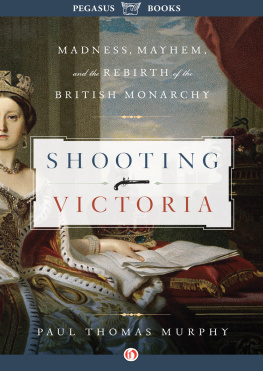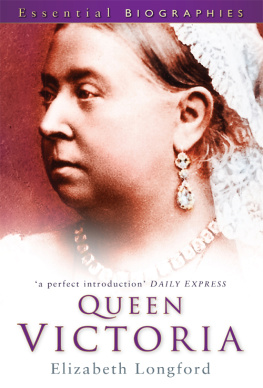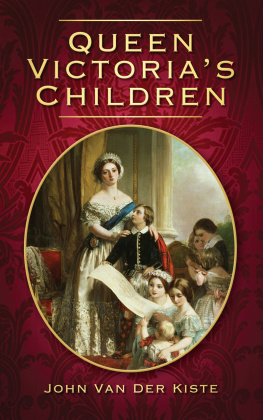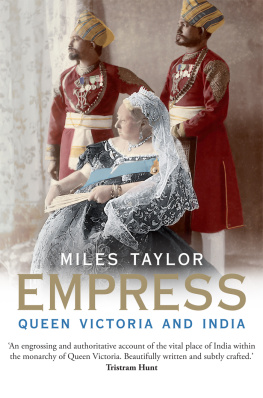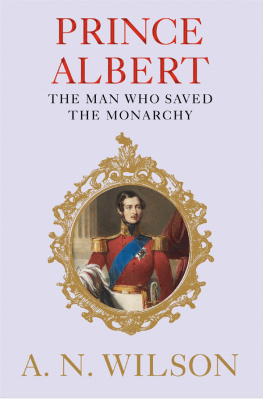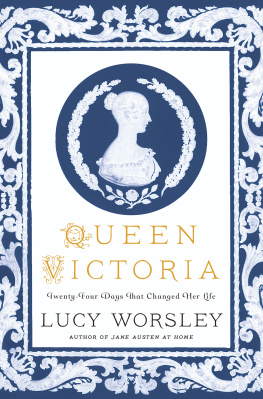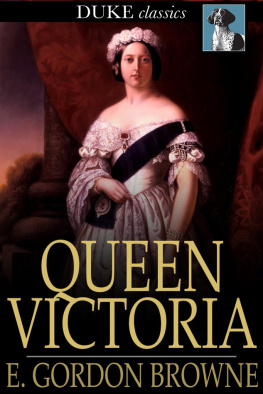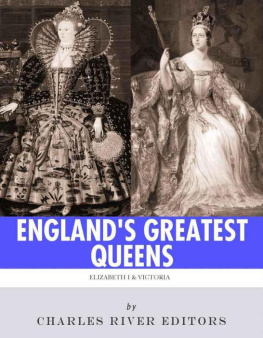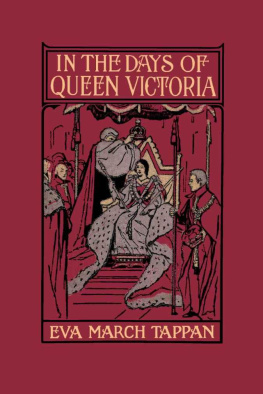SHOOTING VICTORIA
MADNESS, MAYHEM,
and the REBIRTH of the
BRITISH MONARCHY
PAUL THOMAS MURPHY

PEGASUS BOOKS
NEW YORK LONDON
To Walter and Olive Murphy
one
W EDDING P ORTRAIT
O n the morning of 4 May 1840, Edward Oxford stepped out of his lodgings in West Place, West Square, at the Lambeth border of Southwark, and set off eastwards into the heart of that densely populated, proletarian district south of the Thames. He was eighteen, though his diminutive stature and baby face made him look much younger. He wasunusually for himsuddenly prosperous, with 5 in his pocket. And, for the first time in ages, he was free: unemployed by choice, and finally able to pursue the ambition that had been driving him for some time. He set off into what Charles Dickens called the ganglion of Southwarks twisted streets, his destination a small general goods store on Blackfriars Road.
Behind him lay one of the very rare green expanses within the gritty boroughs of Lambeth and Southwark. West Square, where Oxford, quitting his job in the West End, had moved four days before to be with his mother, his sister, and her husband, was one of the very few gardened squares on that side of the river. The square was meticulously maintained and gave this neighborhood an unusual air of gentility. And directly to the west of the square, a stones throw away, a bucolic English-style garden relieved the area from the surrounding urban sprawl. This greenery, however, was not part of a public parkno such thing existed in Southwark at the timebut rather the connected grounds of two institutions. Directly adjacent to West Square stood the Bridewell House of Occupation, a home and school to indigent children. And behind this rose the cupola of an immense neoclassical building: Bethlem Hospital for the Insane.
Southwark had been for the last twenty-five years the latest location of Bedlam, or Bethlem Hospital, which had held many of Londons insane since the fourteenth century. Behind Bethlems walls operated a carefully structured world within a world designed to deal with different degrees and classifications of insanity. And, at the extremities of the hospital, segregated from the rest of the hospital and, with high walls, from the world outside, lay the feature that made Bethlem unique: it housed Englands only purpose-built facility for the criminally insane. Communication between the worlds inside and outside the asylum was largely restricted to sound: the occasional shrieks of the patients might have carried as far as West Square; the clanking and clattering of industrial South London must have intruded upon the disturbed thoughts of the patients.
But on this day, if Edward Oxford was even aware of Bethlems world within a world, he was headed away from it, literally and figuratively. He had his entire life largely kept himselfhis dreams and his plansto himself. Today, however, that would change. Today, Oxford would take a major step toward recognition by all of Londonby the world. Today, he would buy his guns.
Back in his room at West Square, Oxford kept a locked box. When, five weeks later, the police smashed its lock and opened it, they found the cache of a secret society: a uniform of sortsa The documents revealed Young England to be a highly disciplined insurrectionary body. All members were expected to adopt an alias and to be well armed and prepared for covert military action: every member shall be provided with a brace of pistols, a sword, a rifle, and a dagger; the two latter to be kept at the committee room. Every member, as well, was expected when necessary to be a master of disguiseready to play the labourer, the mechanic, and the gentleman. And, apparently for mutual recognition on the day of the insurrection, every member was to keep a black crape cap, to cover his face, with the marks of distinction outside. These marks of distinction denoted rank in the organization, and the two red bows on Oxfords cap made him a captain, a position of true command, as captains were members who can procure an hundred men. Oxford had chosen the rather transparent alias of Oxonian, one of the four captains named in this document.
It was, on paper, an organization of over four hundred armed members. And when this document became public, many believed Oxford to be a part of a wide-ranging conspiracy to overthrow the Queens government. But Young England was entirely Oxfords own creation, and this manifesto, though signed by a fictitious secretary Smith, was in Oxfords own handwriting. His hundred troops and the generals existed only in his own mind. This fantasy was to Oxford a compellingnow, controllingone, for that fantasy gave him a stature wholly denied him in everyday life, as well as a profound sense of self-worth and purpose in a life that heretofore lacked both.
He was in the process of creating and collecting the props with which to support this fantasy. He had the cap. The sword would come. Today he would buy what he needed most to perform fully the role of a Captain of Young England: a matching brace of pistols. The shop selling the pistols was a short walk through Southwark, up the London Road, past the obelisk at St. Georges Circle and the philanthropic institutions for the blind and for repentant prostitutes. Oxford likely knew nothing of what went on inside these places, but he did know the streets and the shops of Southwark well. Although he had just moved in with his family, he had lived here as a child, attending school in Lambeth; and, until the age of fourteen, he assisted his mother with a coffee shop she had run on the Waterloo Road. Oxford slipped into the human press traveling up Blackfriars Road, the bustling thoroughfare leading to Blackfriars Bridge and to the City, and ducked into Hayess general goods store.
He wanted guns that would make an impression, that befit the important plans of Captain Oxford. Style was everything to Oxford, accuracy secondary. Hayes had exactly what he needed: a pair of dueling pistols with handsomely carved stocks. These pistols incorporated the very latest advance in firearmsthe percussive cap. For the past two hundred years, most firearms had been flintlocks, on which a snapping, grinding flint would ignite loose powder, which ignited the powder in the barrel of the gun, firing the ball. By the 1830s, and because of refinements in percussive gunpowderthat is, gunpowder that would explode not upon ignition, but upon impactflintlocks became increasingly obsolete, more and more likely to be found in pawnshops. Newer, flintless pistols fired when a cocked hammer engaged and struck a percussive cap. Like flintlocks, however, these percussive pistols were muzzle-loaded. The pistols Oxford was buying could each be fired only once; to fire again, he would have to reload powder, wadding, and ball through the front of the gun, and replace the percussive cap.
Although dueling was technically illegal, the practice was carried on, Wimbledon Common being a favorite venue. Indeed, just two months before, Prince Louis Napoleon, then in exile in London, was involved in a duel there with his cousin, the Comte Lona contest broken up before it started by Inspector Pearce of the Metropolitan Police (whom Oxford would soon meet). Dueling pistols, then, were still available for purchase. But these particular pistols hardly suited the purpose of the duelist, unless that purpose was to miss: they were not weapons of quality. They were priced at two guineas, or 42 shillingsoverpriced, according to one gunmaker, who later valued them at less than 30 shillings. Certainly, there were cheaper pistols to be had, but a guinea apiece hardly suggested fine workmanship. Experts would later describe them as coarsely and roughly finished, designed more for show than effect. They were manufactured in Birmingham, the center of the British firearms industry at the time, but they bore no makers markan obvious sign of their shoddiness. When Charles Dickens later described Oxfords pistols as Brummagem firearms, he intended to emphasize their utter worthlessness as weapons, virtually guaranteed to miss their targets. Oxford was certainly no expert on firearms, but he must have had some sense of the limitations of these pistols when he asked the young clerk assisting him how far a bullet would carry from them: twenty or thirty yards, he was told.

